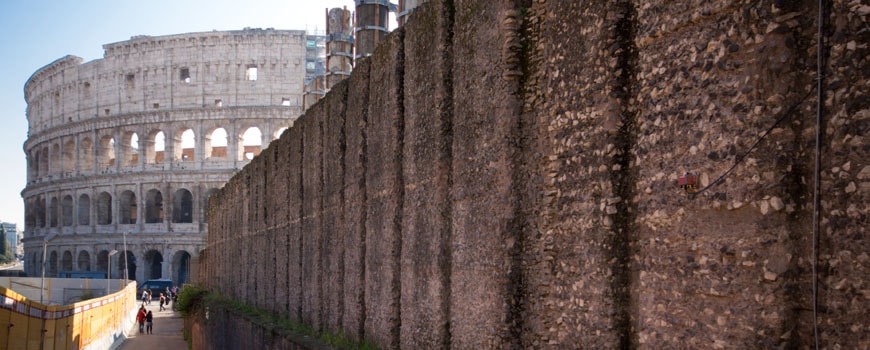Imperial Fora Museum and Trajan’s Markets – Rome
Lazio, Italy
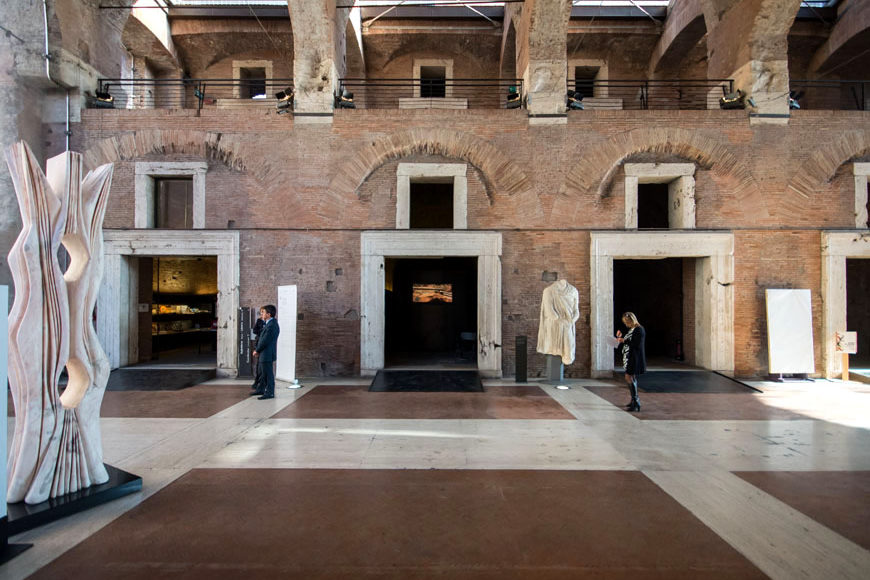
Located in the so-called Trajan’s Market, the Museum of Imperial Fora (or Forums) in Rome is both an archaeological museum and an exceptional ancient Roman site open to the public.
What is an archaeological museum? Under this vague definition, museums of different types are commonly included, many of them are institutions preserving and displaying a collection of prehistoric and antique artifacts, like sculptures, coins, tools, jewels, everyday objects, architectural pieces, and even complete reconstructions of ancient buildings – often collected from excavations in remote countries (remote, when compared to the place where such pieces are displayed now).
Nevertheless, in the last decades, it has emerged the idea of displaying such artifacts more closely to their original context, leading to the modern concept of the archaeological “site museum”, which is defined as “a museum conceived and set up in order to protect natural or cultural property, movable and immovable, on its original site, that is, preserved at the place where such property has been created or discovered” (ICOM, 1982).
Now, imagine if a museum of this kind could be located in what once was the heart of the most important city of antiquity, maybe housed not in a modern structure but in the Trajan’s Markets, a monumental building dating back to the 2nd century A.D, part of the Trajan’s Forum which, together with the forums of Julius Caesar, Augustus, and Nerva, and the Templum Pacis, once constituted the center of the Roman empire. Well, this is exactly the case with the Museum of Imperial Fora (Italian: Museo dei Fori Imperiali) in Rome.
The most important visible part of the site is the “hemicycle”, an imposing six-story crescent-shaped structure that constitutes the largest building in the archaeological compound
Despite its name, the museum building probably never accommodated a “market”, but a public complex of administrative offices and archives; its popular name derives from the building’s appearance, which resembles that of a covered market with shops and warehouses.
The building once formed the north-eastern edge of the Trajan’s Forum, the largest of the Imperial forums, built by Emperor Trajan adjacent to the Quirinal hill at the beginning of the 2nd century AD, and which also includes the famous Trajan’s Column. Only a part of the original complex is still visible, since Via dei Fori Imperiali, a wide road built by order of Mussolini in 1932, has covered a large part of its Roman structures.
A site plan of the four Imperial Fora – University of Miami, School of Architecture
Reconstruction model of the Ancient Rome urban structure; in yellow: Imperial Fora; in red: the buildings which currently accommodate the museum
Do not expect to find many world-famous Roman sculptures at the Museum of Imperial Fora, if you look for them you’d better visit the Capitoline or the Vatican museums; there is, of course, a collection of remarkable ancient artworks at the museum, but it is certainly not its centerpiece.
The Museum of Imperial Fora, which opened in 2007, is indeed primarily dedicated to the history and architecture of the Imperial forums area and its visitors have the privilege to take an exclusive tour of the remains of the Trajan’s forum, with its buildings – in an exceptional state of conservation, which border two original street of the ancient Rome – the “via Biberatica” and the “via della Torre”. The overall experience is that of a walk in the city of two thousand years ago. The site, which seems a hundred miles away from the crowded and congested Rome of the 21st century, offers the open-minded visitor a sort of time voyage. To glimpse an ancient Roman solicitor, merchant, or soldier stepping out from a door could seem not completely insane here, perhaps.
A view of the “via Biberatica”
A view of the “via della Torre. The site of the museum also includes some medieval constructions, like the imposing Torre delle Milizie, dating to the 13th century, visible in the background
To contextualize the archaeological area, a permanent exhibition is installed in the “Grand Hall” just after the museum’s entrance. The hall is lined by smaller rooms, each dedicated to a different subject. Composed of description panels, sculptures, videos, architectural pieces, and reconstructions, these micro-exhibitions focus on the history of the forums of Julius Caesar, Augustus, Nerva, and Trajan – all built between 46 B.C. and 113 A.D., on that of the Templum Pacis, and, more generally speaking, on the architecture and the urban structure of the ancient Rome.
The “Grand Hall” of the museum
From the Trajan’s Forum – Sculpted head of Emperor Constantine, early 4th century AD, White marble
From the Forum of Trajan – Statue of a standing man with body armor, 112 AD
From the Forum of Caesar – Frieze with cherub-like figures, 113 AD, Luni marble
From the Forum of Augustus – Piece from a female statue of Victory, 2 BC, Gilded bronze
A reconstruction of the attic of the Forum of Nerva, 97 B.C., Luni marble
The permanent exhibition could be perhaps a bit more complete, for example with some additional scale models and more description panels in the open-air archaeological area. An augmented-reality application providing virtual reconstructions of the original site through interactive digital glasses was available for free at the entrance desk; unfortunately, nobody informed me about its existence which I discovered only after coming back home. If you go there, ask the staff for it.
The museum also comprises an interesting collection of amphorae, displayed in what once was a large water cistern
The Museum of Imperial Fora does not focus exclusively on ancient ages, it offers also an outlook on our times, through contemporary art exhibitions, like that which currently features works by acclaimed Uruguayan sculptor Pablo Atchugarry, special events, educational programs, and workshops, often addressed to children and people with disabilities.
Two works by Pablo Atchugarry, on view at the museum in November 2015
The main entrance of the museum, on Via IV Novembre
All photos © Inexhibit
How our readers rate this museum (you can vote)
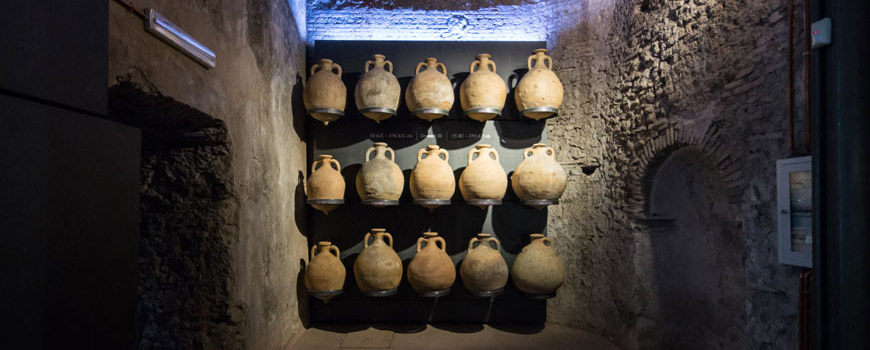
Museums of Archaeology and Archaeological Sites around the World
copyright Inexhibit 2024 - ISSN: 2283-5474




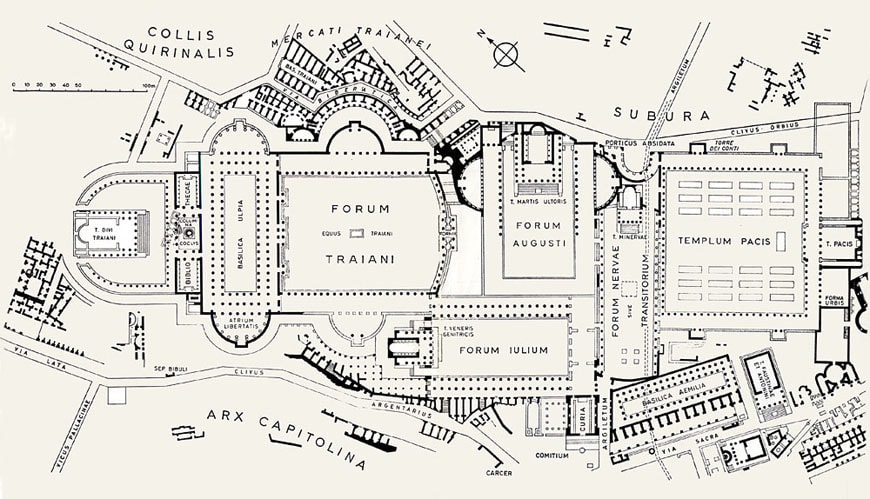

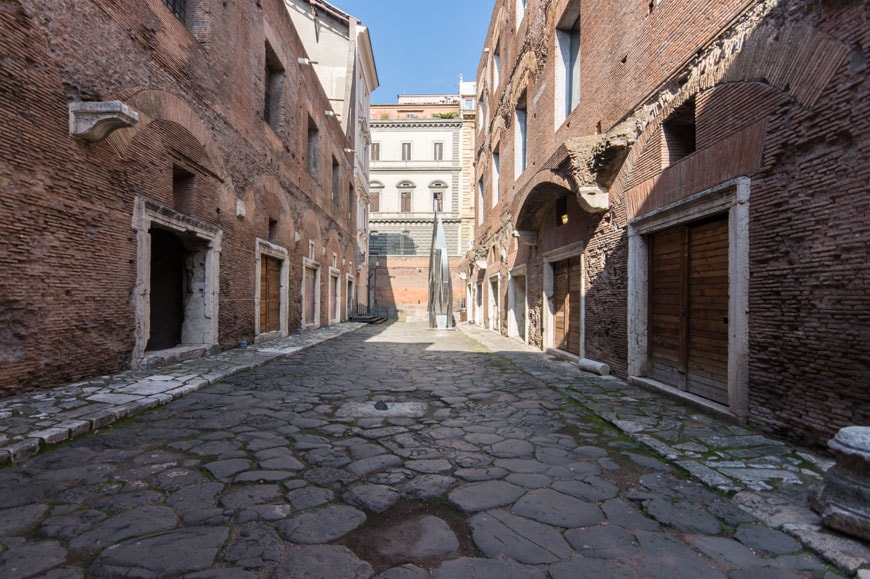

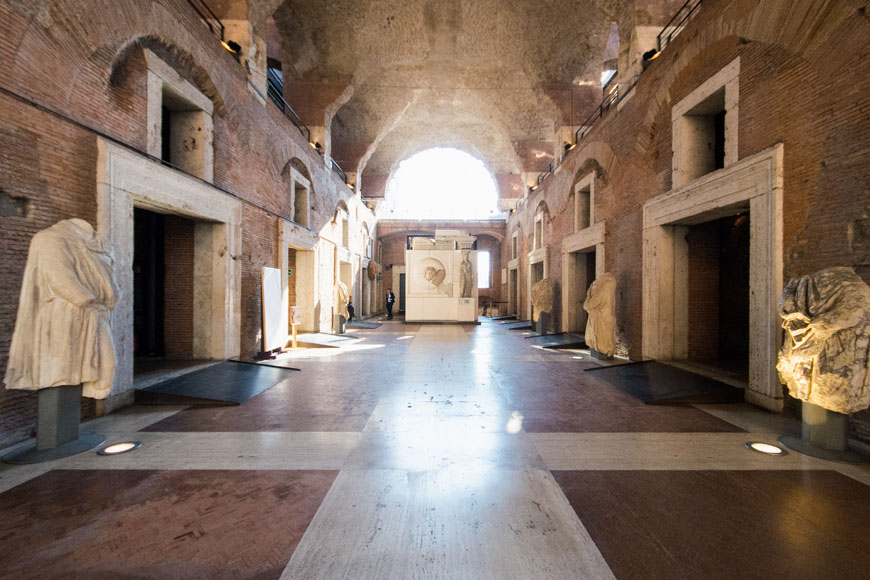
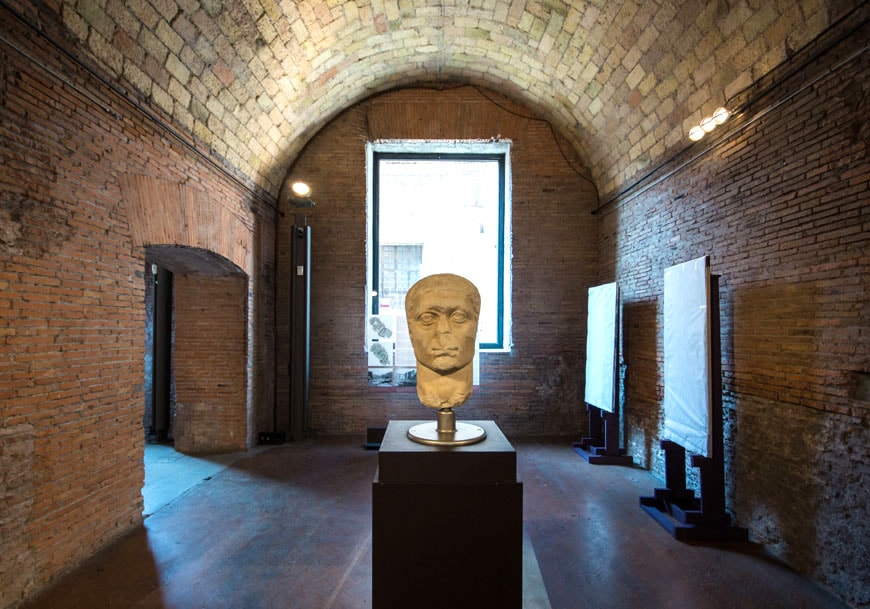


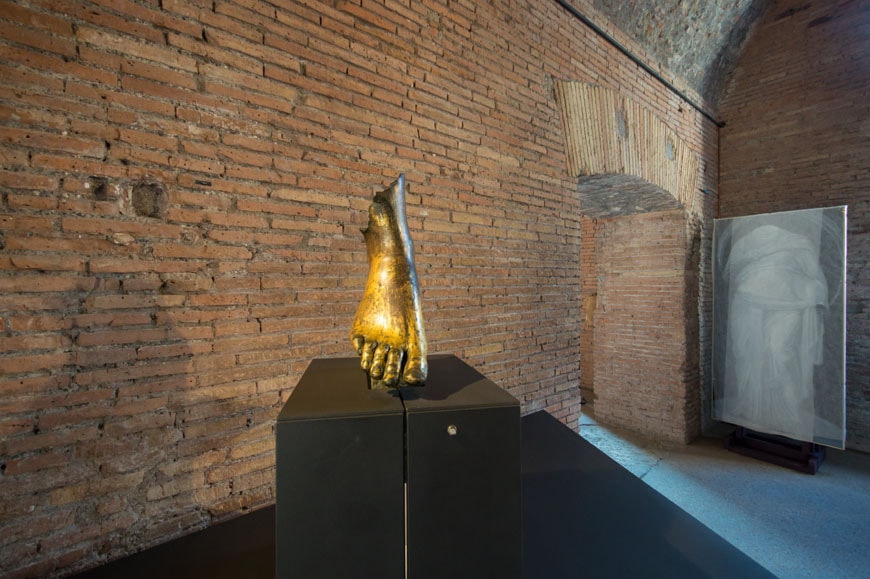







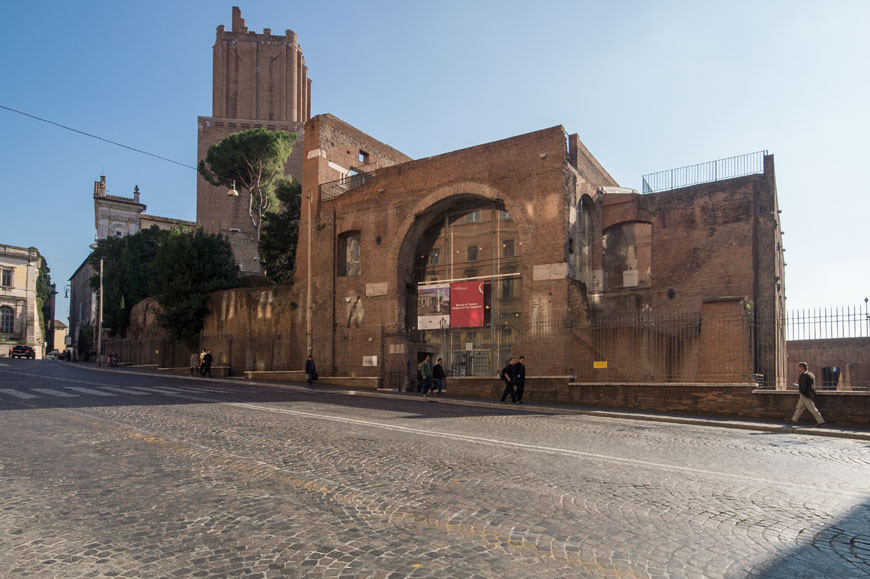

 (11 votes, average: 4.09 out of 5)
(11 votes, average: 4.09 out of 5)